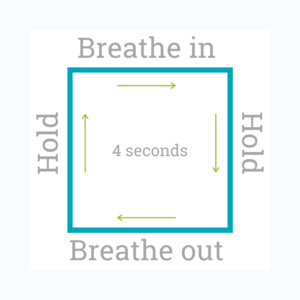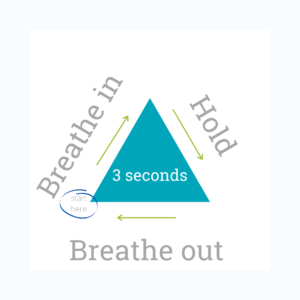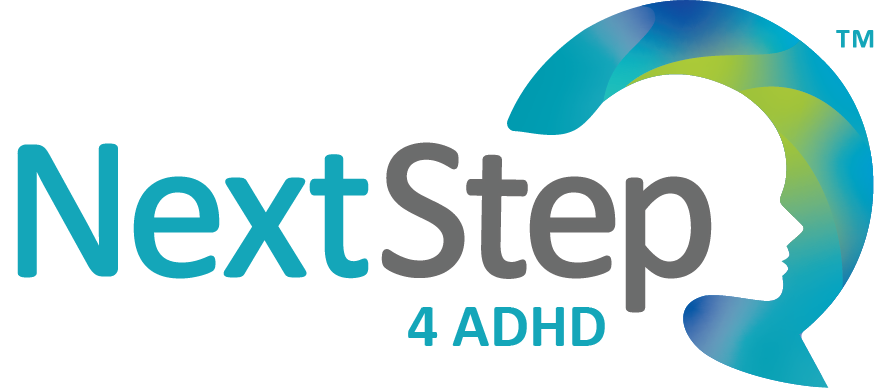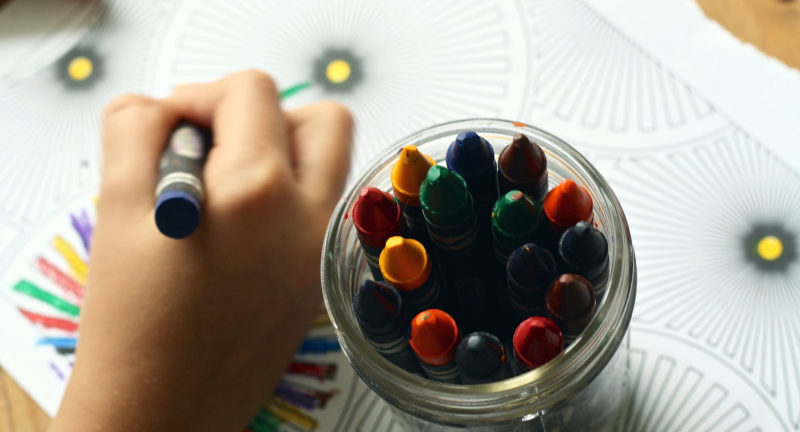
Top 5 Calming Apps for Children (And What to Use as an Alternative)
Calming apps?! It’s not uncommon for children diagnosed with ADHD to struggle with anxiety. According to the Centers for Disease Control and Prevention (CDC), about 1 in 3 children diagnosed with ADHD also have an anxiety disorder. Changes to your child’s current routines, such as the quarantine, can also impact his or her mental health.
Many parents find that meditating or practicing mindfulness helps their children focus better and quiet the mind. There are many ways to practice mindfulness, and like most things, there’s an app for that too.
These top five apps can help your child learn to meditate and calm the mind. Many of these apps include guided meditations, which is ideal for children who are new to mindfulness.
The Best Calming Apps for Kids
Here is a roundup of apps that can help your child or teen deal with anxiety and stress:
1. Calm
As the name suggests, Calm is designed to help you or your child feel relaxed and calm. Calm provides daily meditations as well as specific programs, including the popular 7 Days of Calming Anxiety program.
Why we like it: Each meditation is voiced by a soothing and gentle voice, but guided meditations aren’t the only option. Your child can choose to listen to nature sounds too. For younger kids, the Calm app features “sleep stories” to help your child relax at bedtime.
Price: Free to try ($69.99 per year)
Available for: Android, iOS
2. Breathe, Think, Do Sesame
For younger children, a Sesame Street app introduces the concepts of “Breathe, Think, Do” with the characters they already know and love.
Why we like it: Your child learns strategies for calming down by helping an animated monster deal with a frustrating situation. They help the monster by learning to take deep breaths. Plus, your kids will enjoy seeing their favorite Sesame Street characters! You can also find several different lessons on YouTube as well.
Price: Free
Available for: Android, iOS
3. Headspace
Headspace is a popular app for parents, but there is also a kids’ version.
Why we like it: Your child has a lot to choose from in this app: breathing exercises, meditations, and visualizations. Your child can niche down and work on improving focus, sleep, or even kindness. Headspace offers “sleepcasts”, which are stories to help your child drift off to sleep, calming music or nature sounds to listen to, and even anxiety-busting exercises. Guided meditations teach your child what mindfulness is and how to practice it daily.
Price: Free to try ($12.99 per month subscription)
Available for: Android, iOS
4. Stop, Breathe, and Think Kids
Stop, Breathe & Think is a meditation app for middle schooled-aged children.
Why we like it: Not only does this app have breathing exercises, but it also offers written instructions designed to teach kids how to meditate. Your child can log his feelings, and meditations are recommended based on those results.
Price: Free to try ($9.99 per month subscription)
Available for: Android, iOS
5. Super Stretch Yoga
Super Stretch Yoga is technically a yoga app, but yoga can still help teach children how to calm down and practice deep breathing. Your child will learn 12 different yoga poses, and each one includes a short animation as well as a live video. This app is suitable for kids in pre-school up through grade school.
Price: Free
Available for: iOS
Pros and Cons of Using Calming Apps
Calming apps are great for teaching your child strategies to calm down.
But apps aren’t the only way to ease anxieties.
There are some cons to using apps. For example, the bright screen could affect your child’s ability to sleep later on in the evening. (That’s because blue screens like phones, tablets, etc. can disrupt your circadian rhythm.)
However, there are many tech-free ways to help your child calm down. You can try:
- Cuddling under a weighted blanket listening to music
- Listening to mellow or relaxing nature sounds
- Deep breathing exercises without an app
- Yoga or gentle stretching
- Try the 5-4-3-2-1 grounding exercise (you can find an example of this here)
- Coloring
Sometimes just talking can help calm your child. This is especially helpful if there’s something on your child’s mind that is bothering him or her. Go for a walk around the block and let your child open up to you.
“I do not usually suggest a lot of apps for kids. I usually focus on coaching and training the parent on the techniques, so that they can then teach/model/walk the kiddo through the technique at home.”
Monica Clark, LPA
This means that you can not only help calm your child down, but you can also use that a chance to help strengthen your relationship even more.
Do Calming Strategies Really Work?
Calming strategies work differently depending on which method you choose. Breathing exercises, for example, promote calmness because the act of deep breathing sends a message to your child’s brain to calm down and relax. Deep breathing shifts your child’s body into the parasympathetic nervous system. This is the opposite of flight-or-fight mode. And as a result, your child’s heart rate slows down, breathing rate returns to normal, and he or she feels relaxed.
You can encourage your child to try different types of deep breathing such as square breathing or triangle breathing.


On the other hand, activities like coloring, promote calmness in a different way. Coloring, like other forms of meditation, can relax the amygdala, or the fear center in your child’s brain. This is why coloring and meditation can quiet a restless mind.
Need More Managing Intense Emotions and Anxiety?
Managing intense emotions can be difficult for children with ADHD, and unmanaged ADHD can contribute to emotional dysregulation. If your child is struggling with symptoms of ADHD, we can help. Here at Next Step, we generally recommend comprehensive and holistic treatment approaches. Our team-based, multidisciplinary approach includes therapy, education, coaching, medication, and more. Our compassionate and understanding providers are experienced in treating children with co-occurring disorders such as anxiety and ADHD.
If you’d like to learn more about us or set up a confidential discussion with one of our professionals, you can request an appointment here. Alternatively, call our Louisville, Kentucky office at (502) 907-5908.
References:
Price and availability may vary but were accurate as of June 20, 2020. NextStep 4 ADHD does not endorse or receive financial compensation for the sale of any of these apps.
Related Posts
8 Tips to Help Your Child with ADHD Thrive with E-Learning
As the pandemic continues to makes its mark across the country, business and...
Steps to Overcoming Teenage Anger
Everyone feels low from time to time, so it’s not always easy to know when it is...


